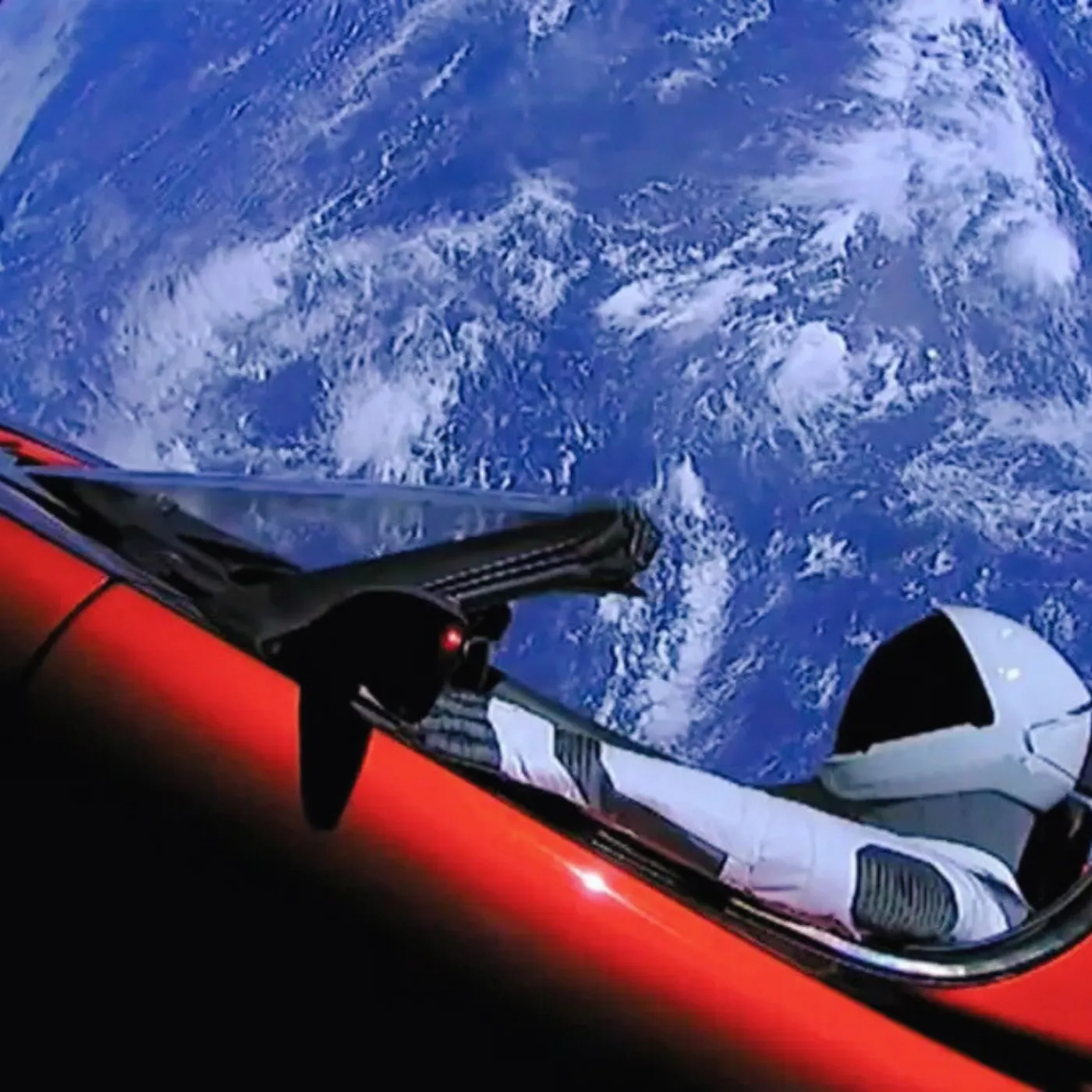

Tesla’s Bold Vision for Humanoid Robots A Game-Changer in Automation
In a groundbreaking announcement, Elon Musk, the visionary CEO of Tesla, revealed the company’s ambitious plans to produce humanoid robots for internal use starting in 2025. This major move signifies Tesla’s commitment to transforming the future of automation. The company plans to scale up production and introduce these robots to external businesses by 2026, positioning itself at the forefront of the robotics revolution.
The robot in question, dubbed Optimus, has already made waves with its prototype debut. It is not just a passive machine; Optimus can walk, wave, and even perform basic dance moves without the need for external wires or support. This cutting-edge development promises to significantly impact industries ranging from manufacturing to healthcare, introducing an era of highly autonomous and efficient labor.
Tesla’s Humanoid Robot Prototype: A Leap in Robotic Mobility
At the heart of Tesla’s robot revolution is Optimus, a humanoid robot designed to mimic human movements with precision and agility. Unlike previous models that were limited to specific tasks, Optimus is built for mobility—a critical feature that allows it to navigate complex environments and perform a wide range of tasks.
This robot is remarkably flexible, capable of walking, waving, and even dancing in its prototype form. The fact that it can perform these actions without any external cables shows just how far Tesla has come in creating a fully autonomous machine. The real-world applications of this technology are immense, as it can be used for manual labor in industries like assembly lines, logistics, and even service industries.

The Role of Tesla’s Humanoid Robots in the Future Workforce
Tesla’s humanoid robots are designed with a clear purpose: to enhance productivity and reduce reliance on human labor for repetitive, mundane tasks. While the prototype is still in its early stages, the implications for the future of work are clear. Optimus could perform jobs traditionally done by human workers, such as lifting heavy items, packaging products, or providing customer assistance.
By introducing Optimus into its operations, Tesla aims to increase efficiency and reduce operational costs. Over the years, it’s expected that Tesla’s robots will evolve to handle even more complex tasks. As automation continues to replace manual labor, companies will be able to optimize their workforces, cut down on labor shortages, and improve productivity across the board.
Mass Production Plans: Tesla’s Robot Manufacturing Milestones
While Optimus has already stunned audiences with its capabilities, Tesla’s plans for mass production are equally groundbreaking. Elon Musk has confirmed that the company will begin producing humanoid robots for internal purposes in 2025, with a goal to scale up and provide these robots to external businesses by 2026.
This strategic timeline suggests that Tesla is taking a measured approach, starting with smaller-scale production and gradually ramping up to meet the demand for advanced automation solutions. Tesla’s humanoid robots will likely transform industries ranging from automobile manufacturing to warehouse logistics, where automation is already having a profound impact.
The Future of Robotics: Tesla’s Role in a New Era of Technology
With the rise of Tesla’s humanoid robots, we are entering a new era of technology—one where robots and humans work side by side in harmony. By 2026, when Tesla’s robots are expected to be mass-produced, we may see Optimus and similar robots deployed in numerous industries, completely altering the way businesses operate.

What makes Optimus so intriguing is its potential to work across a variety of sectors. Whether it’s assisting in manufacturing, customer service, or even healthcare, Tesla’s humanoid robots are poised to become an essential part of tomorrow’s workforce.
Tesla’s Humanoid Robots: The Future Is Now—And It’s Coming Fast
Tesla’s push into the humanoid robot market is not just about innovation—it’s about setting the stage for a completely transformed future. With Optimus as the first of many, Tesla is leading the charge in the robotics revolution. By combining advanced artificial intelligence with human-like mobility, these robots have the potential to change the landscape of industry and the workforce forever.
As 2025 approaches, the world will be watching closely to see how Tesla’s robots evolve and reshape the global economy. It’s clear that the future of work is here—and Tesla is driving it forward at full speed.


















